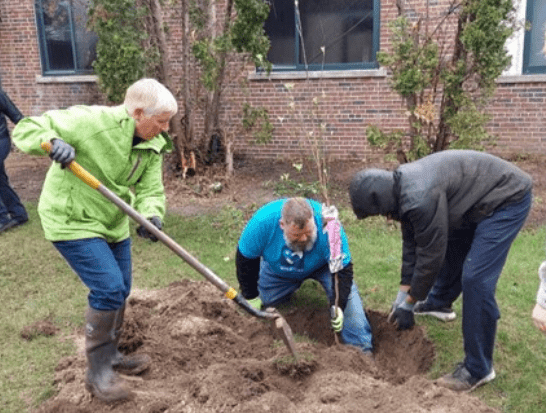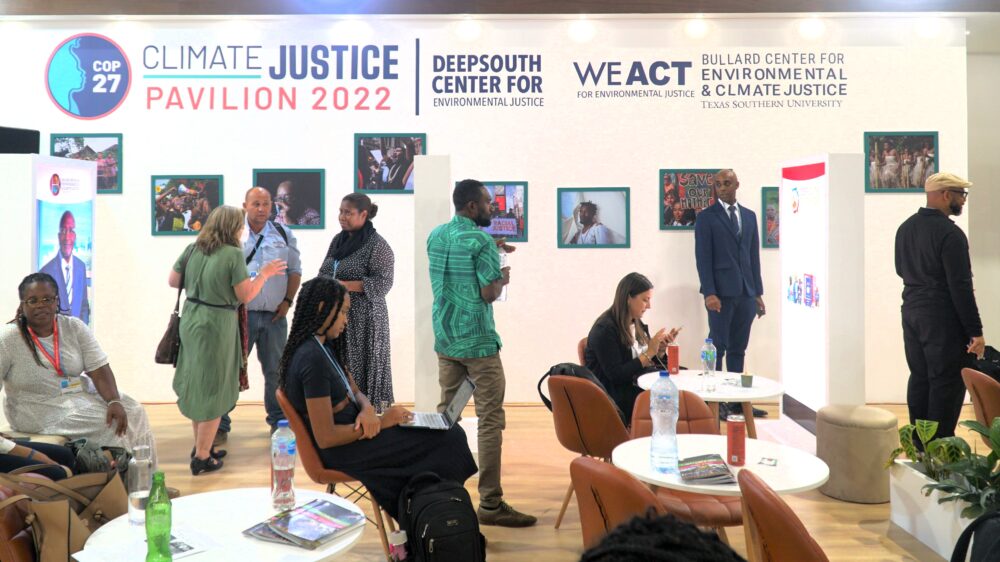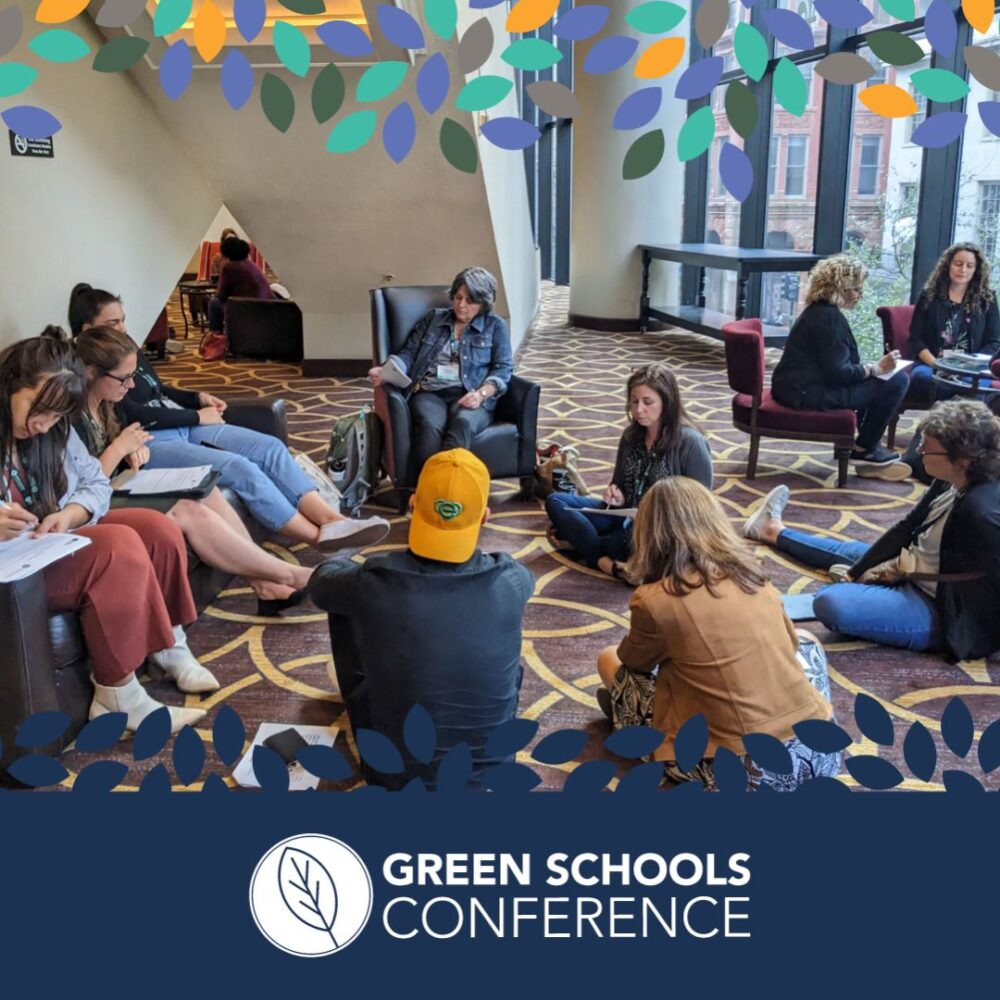We have much more to do and your continued support is needed now more than ever.
New Framework to Guide K-12 Science Education Calls for Shift in the Way Science is Taught in U.S.
The new Framework for K-12 Science Standards recently introduced by Dr. Helen Quinn, theoretical physicist at
Stanford University and Chair woman for the National Research Council, was not only highly anticipated, but a breath of fresh air.
 Written 15 years ago, the National Science Education Standards provided states with the prowess to produce the next generation of scientifically literate citizens. With the power of scientific inquiry at the heart of these standards states developed standards covering a myriad of topics from the structure and function of cells to Newton’s laws of physics. So much great information, but soon it was evident – too much surface knowledge – the infamous “a mile wide, inch deep” plagued our nation’s students.
Written 15 years ago, the National Science Education Standards provided states with the prowess to produce the next generation of scientifically literate citizens. With the power of scientific inquiry at the heart of these standards states developed standards covering a myriad of topics from the structure and function of cells to Newton’s laws of physics. So much great information, but soon it was evident – too much surface knowledge – the infamous “a mile wide, inch deep” plagued our nation’s students.
Even though educational reform is a highly debated topic there is no debate that our students are falling behind in STEM disciplines. According to the most recent PISA report, out of 34 countries in OECD, the US ranked 29th in mathematics literacy and 25th in science literacy, neither was significantly different from the average. That said, I was ecstatic at the briefing to introduce the new Framework for K-12 Science Standards to hear…
1) Science is for all students…
Not just for those in grades being tested. It’s nice to see the new framework lay the foundation for students to
build upon prior knowledge instead of struggle to find connections throughout their K-12 experience.
“All students should be able to learn about the broad set of possibilities that modern life offers and to pursue their aspirations, including their occupations of interest.”
“Students’ preparation in other subjects, especially literacy and matematics, also affects their acheivement in science”.
2) Limited number of core ideas…
This will allow students to better grasp and understand science concepts, specifically the focus on a limited number of core ideas. It allows for deep exploration of important concepts, as well as time for students to develop meaningful
understanding, to actually practice science and engineering, and to reflect on their nature.
3) Earth systems and human impacts…
Were inconsistently taught, at the surface level, and without connection. Within the core idea of Earth
and Space Science, Earth and Human Activity’s allows students to investigate how our Earth is a system made up of
smaller systems. These smaller systems are affected by both natural and human activities.
“Humans have become one of the most significant agents of change in the earth’s surface systems. Sustaining the biosphere will require detailed knowledge and modeling of the factors that affect climate, coupled with the responsible managment of natural resources.”
“Students will make the greatest strides in science and engineering learning when all components of the system – from professional development for teachers to curricula and assessments to time allocated for these subjects during the school day – are aligned with the vision of the framework.”
As I begin to delve into the finite details of the new framework, I’m confident that the standards forthcoming will
certainly change the way our nation’s student’s learn science and prepare for 21st century vocations and careers. As a former classroom science teacher I am excited to watch science education’s transformation and as a member of National Wildlife Federation’s Eco-Schools USA team, I am thrilled to know the work we do to guide schools toward sustainabilty will have an even stronger foundation in this new and greatly improved Framework for K-12 Science Standards.





















